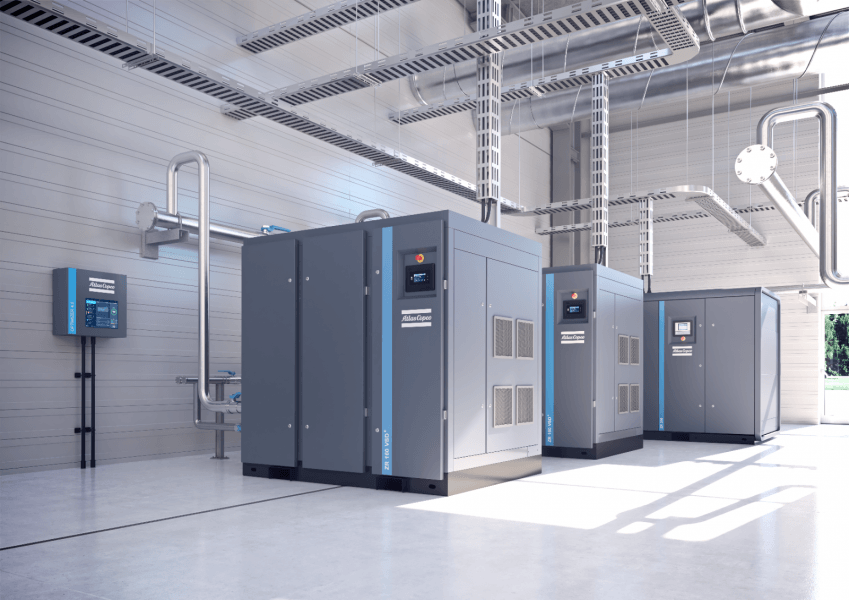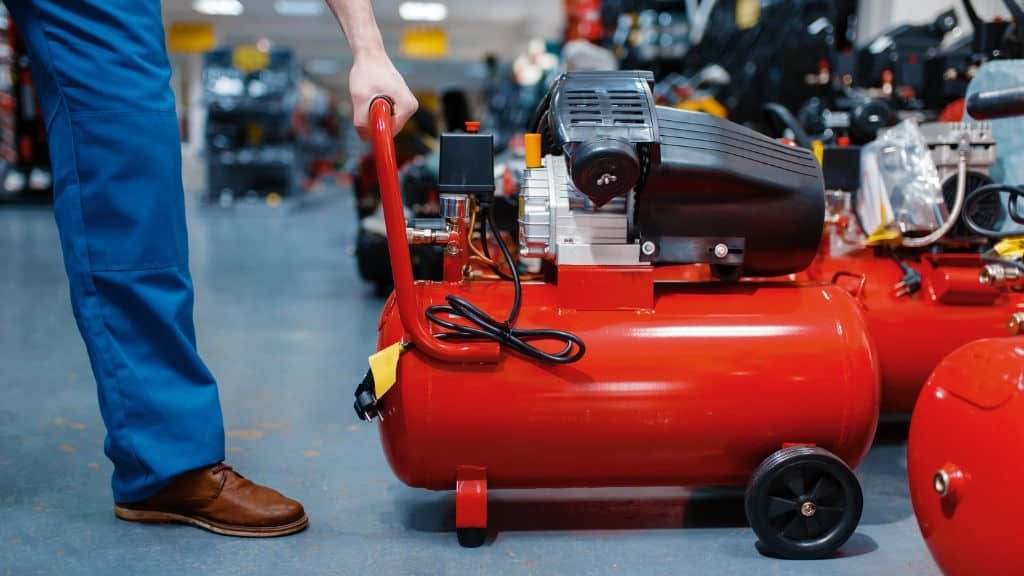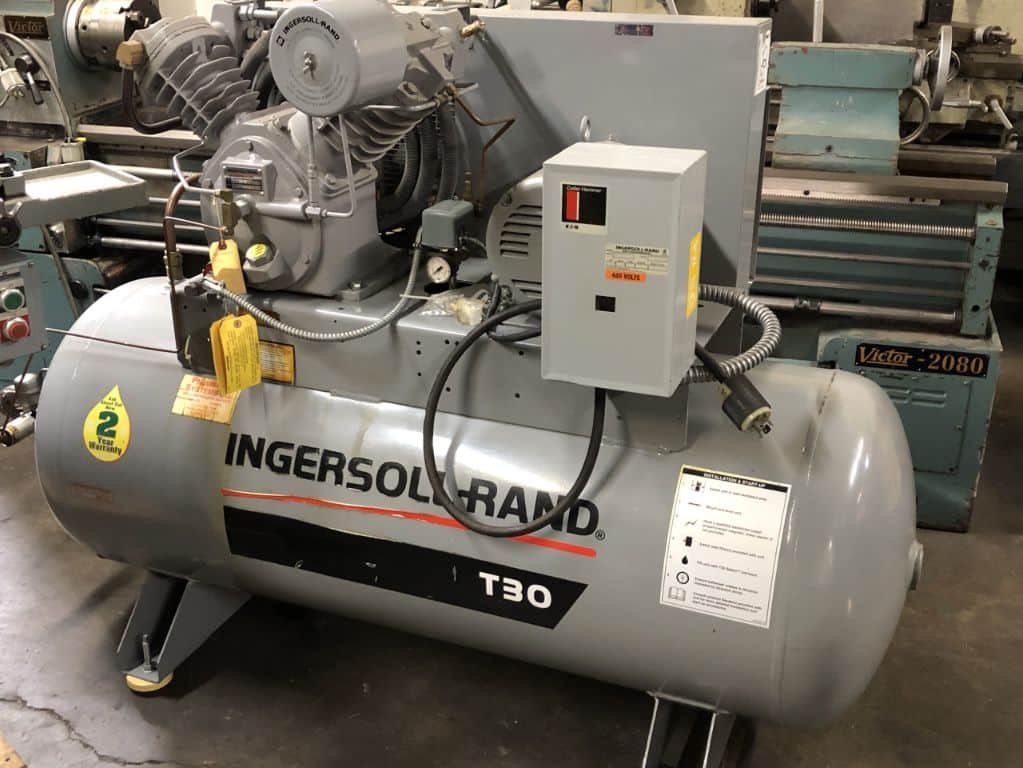DIY projects are a great way to save money and give you a sense of satisfaction when you complete a project by yourself. For many DIY projects, an air compressor can be an essential tool. But with so many different models and options available, it can be challenging to know which air compressor to choose. In this article, we will guide you through the process of selecting the perfect air compressor for your home DIY projects.
What is an air compressor?
An air compressor is a device that converts power into potential energy stored in compressed air. It can be used to power various tools, including nail guns, spray guns, and impact wrenches, among others. The air compressor stores compressed air in a tank, which can then be used to power the tools.
What type of DIY projects require an air compressor?
There are many DIY projects that can benefit from the use of an air compressor. Here are some examples:
- Painting projects: Air compressors can power paint sprayers, which make it easier and faster to cover large surfaces.
- Carpentry projects: An air compressor can power nail guns, which make it less tiring to nail down planks of wood.
- Automotive projects: Air compressors can power impact wrenches, which can easily remove tight bolts.
How to choose the perfect air compressor for your DIY projects?
Choosing the perfect air compressor depends on various factors, including your needs, budget, and the type of project you will be completing. Here are some factors to consider:
CFM (Cubic Feet per Minute)
CFM is a measure of how much air the compressor can deliver at a given time. It is an essential factor to consider when selecting an air compressor. The higher the CFM, the more air can be delivered, and the more powerful the compressor can be. If you plan to use tools that require a high volume of air, then you will need a compressor with a high CFM rating.
Tank Size
The tank size determines how long you can use the air compressor continuously before it needs to refill. If you plan to use the air compressor for long periods, then you will need a large tank. However, if you only plan to use the compressor for short bursts, a smaller tank may be sufficient.
Portability
If you plan to move the air compressor frequently, then you will need a portable and lightweight model. However, if you are using the compressor in a stationary location, then portability may not be as important.
Noise Level
Air compressors can be noisy, and some models are louder than others. If you plan to use the air compressor indoors or in a residential area, you may want to consider a quieter model.
Compressor Type
There are two main types of air compressors: oil-free and oil-lubricated. Oil-free compressors are low-maintenance and suitable for DIY use, while oil-lubricated compressors are more durable and better suited for heavy-duty commercial use.
Conclusion
Selecting the perfect air compressor for your DIY projects can seem daunting, but it doesn’t have to be. By considering factors such as CFM, tank size, portability, noise level, and compressor type, you can make an informed decision. With the right air compressor, your DIY projects will be faster, easier, and more enjoyable.




